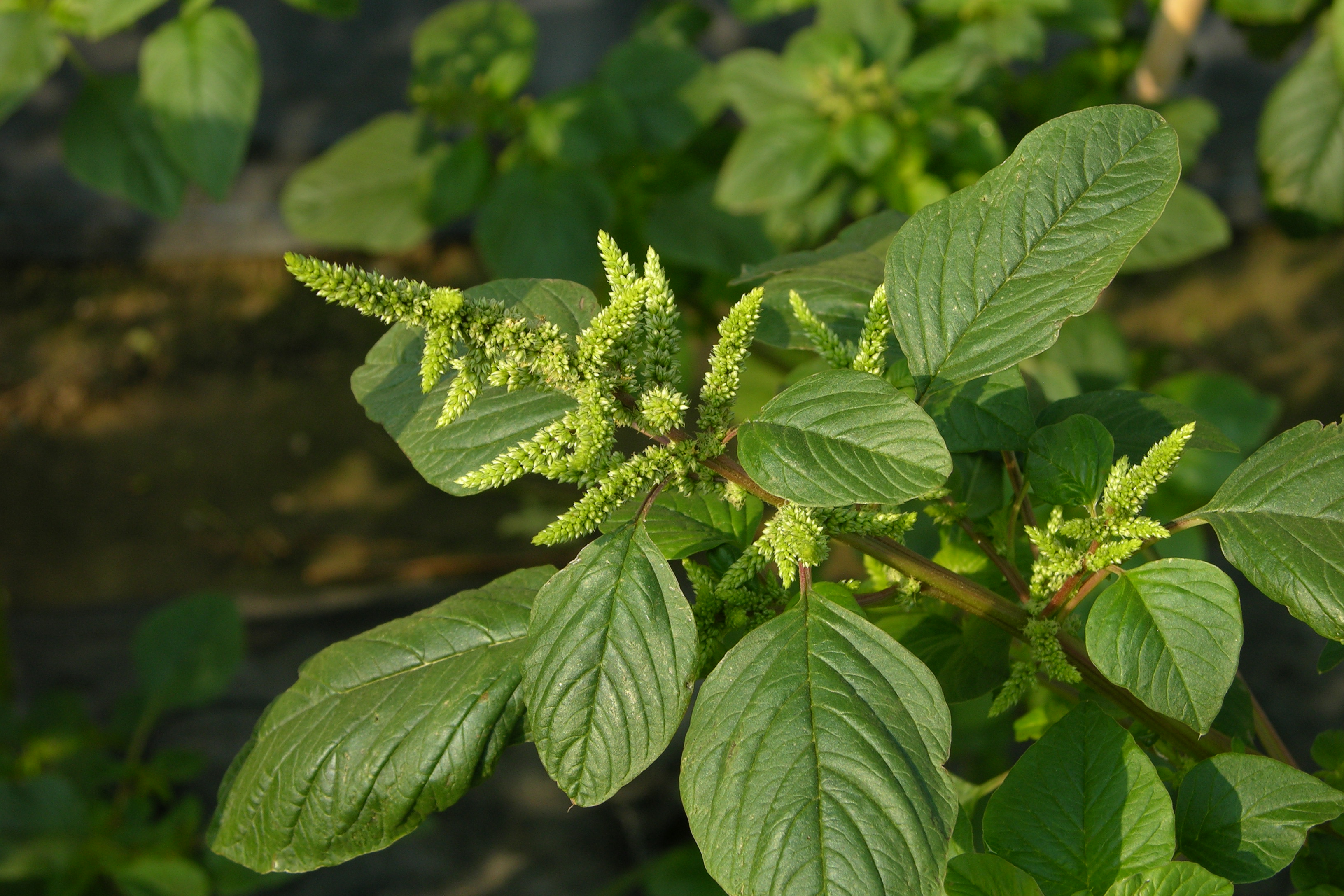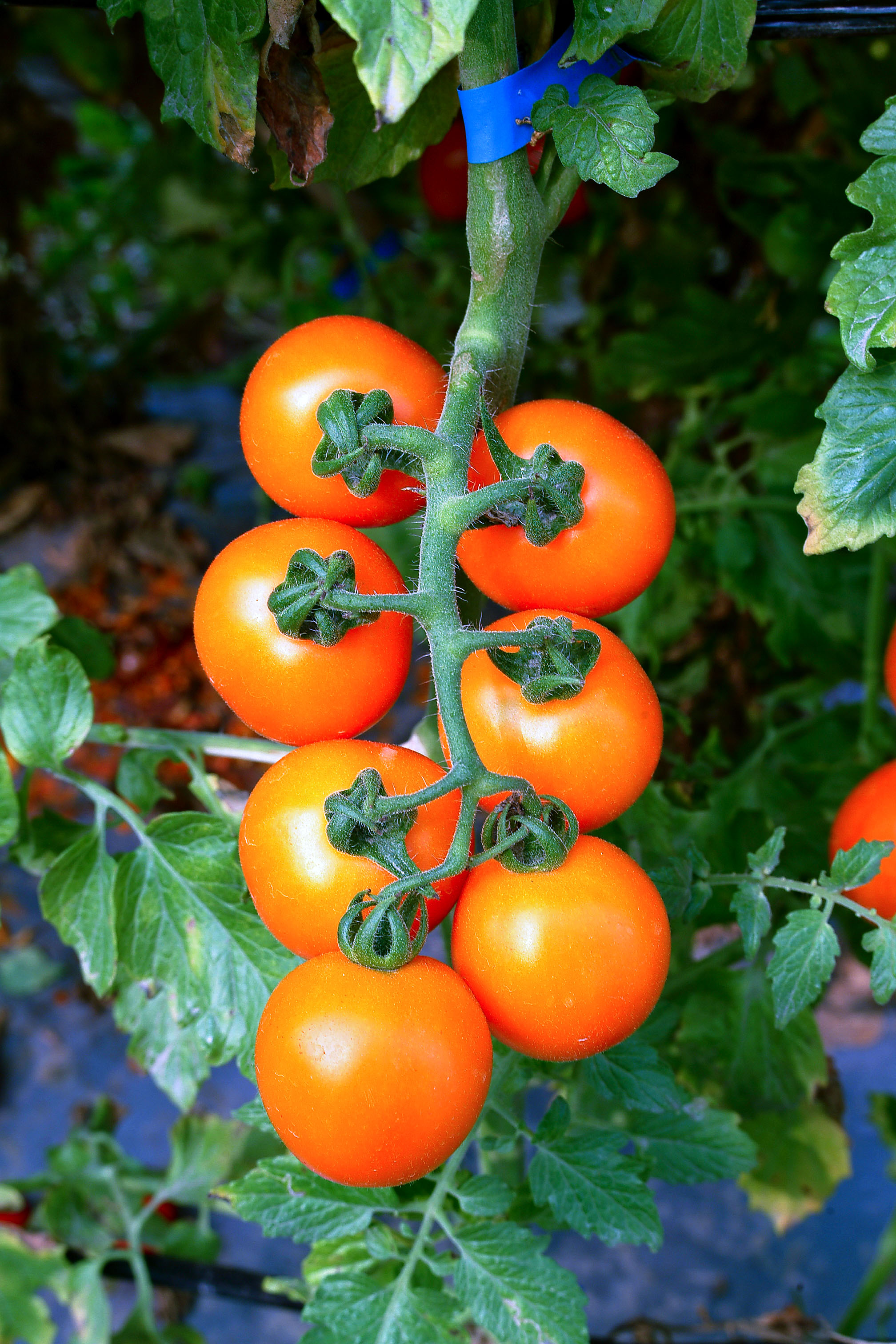World Vegetable Center on:
[Wikipedia]
[Google]
[Amazon]
The World Vegetable Center (WorldVeg) (), previously known as the Asian Vegetable Research and Development Center (AVRDC), is an international,



 The use of vegetables as crops that are of high worth is important in the
The use of vegetables as crops that are of high worth is important in the
World Vegetable CenterAfrican Seed Trade Association (AFSTA)International Society for Horticultural Science (ISHS)
{{authority control Vegetables 1971 establishments in Taiwan Agricultural research institutes in Taiwan Companies based in Tainan Food science institutes Research institutes established in 1971 Vegetable research institutes
nonprofit
A nonprofit organization (NPO) or non-profit organisation, also known as a non-business entity, not-for-profit organization, or nonprofit institution, is a legal entity organized and operated for a collective, public or social benefit, in co ...
institute for vegetable
Vegetables are parts of plants that are consumed by humans or other animals as food. The original meaning is still commonly used and is applied to plants collectively to refer to all edible plant matter, including the edible flower, flowers, ...
research and development. It was founded in 1971 in Shanhua, southern Taiwan, by the Asian Development Bank
The Asian Development Bank (ADB) is a regional development bank established on 19 December 1966, which is headquartered in the Ortigas Center located in the city of Mandaluyong, Metro Manila, Philippines. The bank also maintains 31 field of ...
, Taiwan, South Korea, Japan, the Philippines, Thailand, the United States and South Vietnam.
WorldVeg aims to reduce malnutrition
Malnutrition occurs when an organism gets too few or too many nutrients, resulting in health problems. Specifically, it is "a deficiency, excess, or imbalance of energy, protein and other nutrients" which adversely affects the body's tissues ...
and alleviate poverty
Poverty is the state of having few material possessions or little income. Poverty can have diverse
in developing nations
A developing country is a sovereign state with a lesser developed industrial base and a lower Human Development Index (HDI) relative to other countries. However, this definition is not universally agreed upon. There is also no clear agreeme ...
through improving production and consumption of vegetables.
History
The World Vegetable Center was founded as the Asian Vegetable Research and Development Center (AVRDC) in 1971 by the Asian Development Bank, Taiwan, South Korea, Japan, the Philippines, Thailand, the United States and South Vietnam. The main campus was opened in 1973. In 2008 the center was rebranded as the World Vegetable Center. For the first 20 years of its existence the World Vegetable Center was a major globalsweet potato
The sweet potato or sweetpotato ('' Ipomoea batatas'') is a dicotyledonous plant that belongs to the bindweed or morning glory family, Convolvulaceae. Its large, starchy, sweet-tasting tuberous roots are used as a root vegetable. The young ...
research center with over 1,600 ascensions in their first two years of operation. In 1991 the World Vegetable Center chose to end its sweet potato research due to high costs and other institutions with a tighter focus coming into existence. The WVC duplicated and transferred its research and germplasm to the International Potato Center
The International Potato Center (known as CIP from its Spanish-language name ''Centro Internacional de la Papa'') is a research facility based in Lima, Peru, that seeks to reduce poverty and achieve food security on a sustained basis in dev ...
and Taiwan Agricultural Research institute
The Taiwan Agricultural Research institute is a research institute in Taiwan under the auspices of the Council of Agriculture.
History
The Taiwan Agricultural Research institute (TARI) was founded in 1895 by the Japanese colonial powers. It is ...
.
Research and development



 The use of vegetables as crops that are of high worth is important in the
The use of vegetables as crops that are of high worth is important in the Sustainable Development Goals
The Sustainable Development Goals (SDGs) or Global Goals are a collection of 17 interlinked objectives designed to serve as a "shared blueprint for peace and prosperity for people and the planet, now and into the future".United Nations (2017) R ...
of the United Nations Development Program and the World Vegetable Center. The vegetables bred by the Center can be used in poorer areas, where they can serve as an important source of income and can help fight micronutrient
Micronutrients are essential dietary elements required by organisms in varying quantities throughout life to orchestrate a range of physiological functions to maintain health. Micronutrient requirements differ between organisms; for example, huma ...
deficiencies.
The Center’s current crop portfolio focuses on several groups of globally important vegetables, according to the WorldVeg:
:*solanaceous crops: (tomato
The tomato is the edible berry of the plant ''Solanum lycopersicum'', commonly known as the tomato plant. The species originated in western South America, Mexico, and Central America. The Mexican Nahuatl word gave rise to the Spanish word ...
, sweet pepper, chili pepper
Chili peppers (also chile, chile pepper, chilli pepper, or chilli), from Nahuatl '' chīlli'' (), are varieties of the berry-fruit of plants from the genus ''Capsicum'', which are members of the nightshade family Solanaceae, cultivated for ...
, eggplant
Eggplant ( US, Canada), aubergine ( UK, Ireland) or brinjal (Indian subcontinent, Singapore, Malaysia, South Africa) is a plant species in the nightshade family Solanaceae. ''Solanum melongena'' is grown worldwide for its edible fruit.
Mo ...
)
:*bulb alliums
''Allium'' is a genus of monocotyledonous flowering plants that includes hundreds of species, including the cultivated onion, garlic, scallion, shallot, leek, and chives. The generic name ''Allium'' is the Latin word for garlic,Gledhill, David ...
(onion
An onion (''Allium cepa'' L., from Latin ''cepa'' meaning "onion"), also known as the bulb onion or common onion, is a vegetable that is the most widely cultivated species of the genus '' Allium''. The shallot is a botanical variety of the on ...
, shallot
The shallot is a botanical variety (a cultivar) of the onion. Until 2010, the (French red) shallot was classified as a separate species, ''Allium ascalonicum''. The taxon was synonymized with '' Allium cepa'' (the common onion) in 2010, as the ...
, garlic
Garlic (''Allium sativum'') is a species of bulbous flowering plant in the genus '' Allium''. Its close relatives include the onion, shallot, leek, chive, Welsh onion and Chinese onion. It is native to South Asia, Central Asia and northeas ...
)
:*cucurbits (Cucurbitaceae
The Cucurbitaceae, also called cucurbits or the gourd family, are a plant family consisting of about 965 species in around 95 genera, of which the most important to humans are:
*''Cucurbita'' – squash, pumpkin, zucchini, some gourds
*'' Lagen ...
): (cucumbers
Cucumber (''Cucumis sativus'') is a widely-cultivated creeping vine plant in the Cucurbitaceae family that bears usually cylindrical fruits, which are used as culinary vegetables.pumpkins
A pumpkin is a vernacular term for mature winter squash of species and varieties in the genus ''Cucurbita'' that has culinary and cultural significance but no agreed upon botanical or scientific meaning. The term ''pumpkin'' is sometimes use ...
)
Indigenous or traditional vegetables, particularly those of Asia
Asia (, ) is one of the world's most notable geographical regions, which is either considered a continent in its own right or a subcontinent of Eurasia, which shares the continental landmass of Afro-Eurasia with Africa. Asia covers an are ...
and Africa
Africa is the world's second-largest and second-most populous continent, after Asia in both cases. At about 30.3 million km2 (11.7 million square miles) including adjacent islands, it covers 6% of Earth's total surface area ...
are another focus of research at the World Vegetable Center. Indigenous vegetables are domesticated or semi-wild vegetable crops that are grown in particular regions as an integral part of a local food system
The term food system describes the interconnected systems and processes that influence nutrition, food, health, community development, and agriculture. A food system includes all processes and infrastructure involved in feeding a population: growi ...
. Many of them are underutilized crops, particularly in regions where they are not native.
The Center has collaborated with the Global Crop Diversity Trust
The Crop Trust, officially known as the Global Crop Diversity Trust, is an international nonprofit organization with a secretariat in Bonn, Germany. Its mission is to conserve and make available the world's crop diversity for food security.
Esta ...
and Kew Gardens to study the domestication of eggplant.
Climate change
According to The Public Broadcasting Service (PBS), "At the World Vegetable Center, experts are looking to the wild relatives of domesticated crops to save the human diet from climate change."Germplasm collection
A collection of vegetablegermplasm
Germplasm are living genetic resources such as seeds or tissues that are maintained for the purpose of animal and plant breeding, preservation, and other research uses. These resources may take the form of seed collections stored in seed banks, t ...
is kept at the World Vegetable Center, which is considered to have the largest and most diverse collection in the world. The collection itself contains more than 60,000 accessions of 442 different species collected from 156 countries.
AVGRIS, the WorldVeg Vegetable Genetic Resources Information System, provides access to all the Center's data associated with germplasm conservation and management, from registration, characterization, evaluation, and seed inventory to seed distribution.
A backup selection of the Center's germplasm collection is held at the Svalbard Global Seed Vault
The Svalbard Global Seed Vault ( no, Svalbard globale frøhvelv) is a secure backup facility for the world's crop diversity on the Norwegian island of Spitsbergen in the remote Arctic Svalbard archipelago. The Seed Vault provides long-term stor ...
in Norway with the goal of a backup for the entire collection being in place by 2025.
See also
*Food and Agriculture Organization
The Food and Agriculture Organization of the United Nations (FAO)french: link=no, Organisation des Nations unies pour l'alimentation et l'agriculture; it, Organizzazione delle Nazioni Unite per l'Alimentazione e l'Agricoltura is an intern ...
References
External links
World Vegetable Center
{{authority control Vegetables 1971 establishments in Taiwan Agricultural research institutes in Taiwan Companies based in Tainan Food science institutes Research institutes established in 1971 Vegetable research institutes